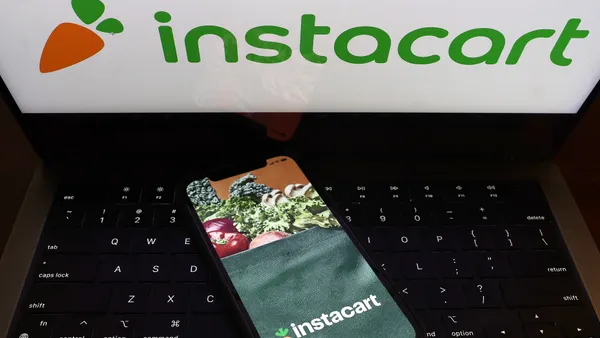Customers aren’t just looking for quicker answers—they want to feel seen. Too often, they don’t. As expectations rise and satisfaction scores fall, too many organizations are still stuck with disconnected systems that keep teams apart. The result is a widening experience gap between what customers want and what brands deliver.
“Despite record AI investment, customer experience isn’t getting better—in fact, it’s getting worse,” says Michelle Couture, B2B Growth Marketing Leader at Zoom. This also hurts the business. When experiences are choppy and context doesn’t carry, it takes longer to get a solution, and everyone—both customers and employees—has to put in more effort.
Why it’s time to break down your communication barriers
No company sets out to deliver bad experiences. In fact, many are actively investing in new tools and test-driving AI solutions at a rapid pace to address these issues. But that’s actually half the problem. More tools don’t necessarily mean better solutions. The problem is that those tools often don’t talk to each other. “When you deploy AI in silos, it doesn’t connect the journey—it just makes a broken process move faster,” says Couture.
Let’s start with an example to illustrate just how serious the gap is: You start a chat to fix a billing issue. A chatbot asks for your account number and the last charge, and you type it all in. Then, it hands you to a human agent who asks for the exact same details. They transfer you to another team, which opens a new ticket, and again, you have to repeat the same information because they can’t see the chat. You get an answer, eventually, but the experience was hardly a great one.
That’s the experience gap in a nutshell. It happens when all customer-facing departments—marketing, sales, and support—end up running their own tools, data, and even AI solutions.
Turning every interaction into shared intelligence
Closing the connection gap doesn’t just benefit customers. Having context on every interaction—human or virtual—isn’t just useful for solving immediate customer-facing problems. Objections in a sales call can improve marketing, feature requests can steer your R&D roadmap, and how-to questions can inform onboarding processes and customer advocacy programs. “AI itself isn’t the differentiator anymore—the differentiator is connection. When AI lives in silos, context gets fragmented, and hand-offs multiply. When it’s embedded in a single platform that connects self-service, agents, and the business around the customer. That’s what reduces friction. That’s what builds loyalty,” says Couture.
The reality is that most companies are still flying blind. That’s because it’s so difficult to bring all these data points together, painting a big-picture view of the entire customer experience. Most of the time, the two main sides that power the customer experience—the internal workings of your business and the customer-facing operations—live in two completely separate worlds. But when your CX platform brings both together into one connected system of engagement and shared intelligence, you can uncover even the most stubborn of blind spots.
In practice, that might look like sales calls becoming context for customer support, service interactions informing marketing strategy, and product feedback flowing into development decisions—all without the swivel-chair work. When insight moves as fast as the conversation itself, and gets shared, teams can spot trends sooner and make decisions proactively.
Elevating self-service to a driver of customer loyalty
Customers want the best of both worlds. For simple matters, they usually want to serve themselves, provided that the process is quick, efficient, and reliable. The key is making self-service good enough to trust. That means having virtual agents who can understand nuance, take meaningful actions, and—when needed—seamlessly hand off to a human with the full context attached. And, when such queries are escalated, human agents have everything they need to address the issue without needing to ask the customer to repeat themselves.
Now let’s imagine a prospect who chats with a virtual agent on your website on Monday, meets your sales rep on Tuesday, and calls support on Friday. With a bridge connecting all sides of the customer experience, the rep can see a history of past interactions inside their workspace. In other words, when the support case opens, they see both the chat and the sales call summary, giving them a clear picture of the customer’s goals and potential objections. Meanwhile, your marketing team sees a pattern where a certain buyer group keeps asking the same questions, so they spin up a tutorial that reduces the time-to-value of the next wave of customers.
None of these demands any heroic efforts from your teams or even patience from your customers. It just requires a platform designed for connection, where intelligence is a shared asset. “That’s why we say AI is the enabler — but connection is the differentiator,” says Couture.
Catch the session: From Effort to Impact: Turn every interaction into loyalty from Zoomtopia 2025 to dive deeper into the topic of connected customer experiences with Michelle Couture, Zoom’s global product marketing lead, customer experience, and Amy Roberge, Zoom’s head of global CX solutions engineering.










